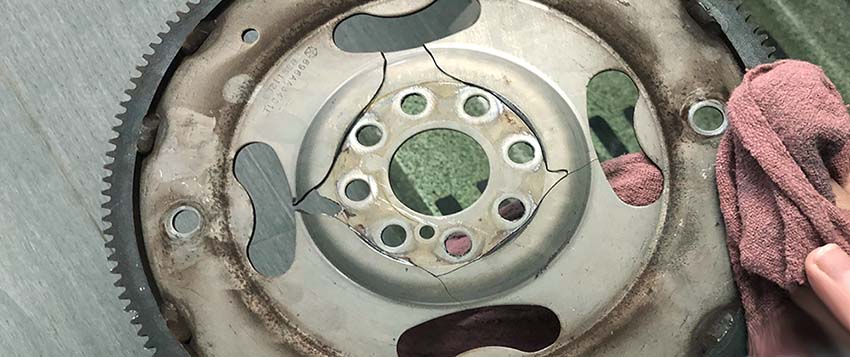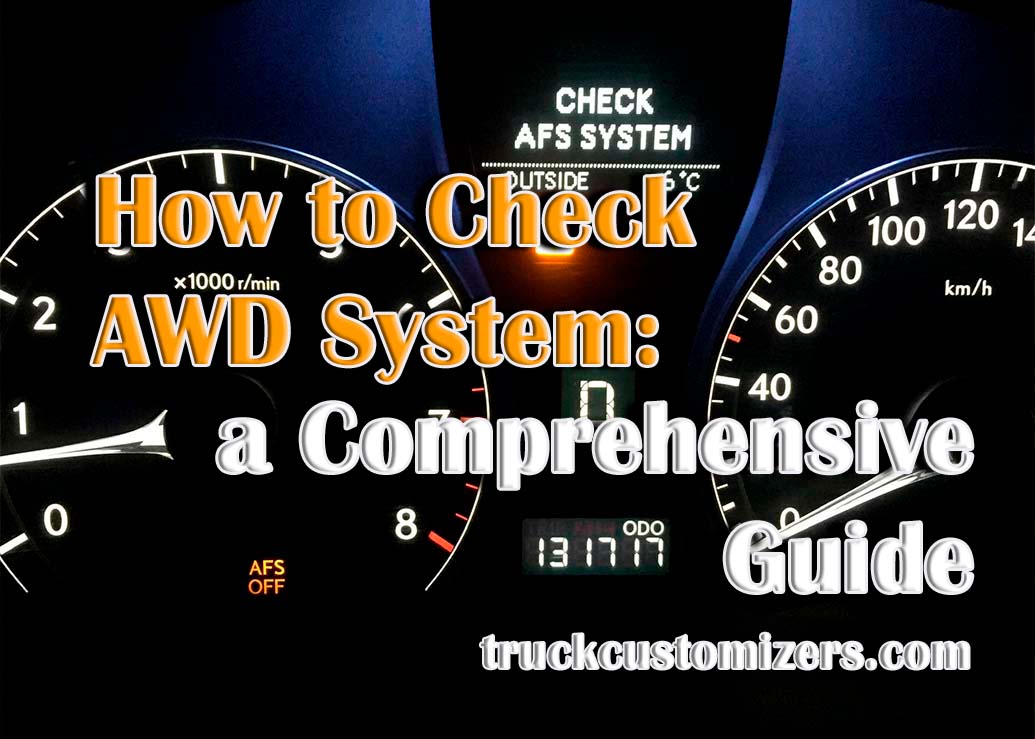A loose flexplate is more than just an inconvenience; it’s a critical issue in a car’s transmission system that can lead to vibrations, strange noises, and even serious mechanical damage if left unchecked. As the connection between the engine and transmission, the flexplate must be in perfect condition to ensure the smooth operation of a vehicle. Understanding this problem and its symptoms is essential for maintaining a vehicle’s efficiency and the safety of its occupants. This introduction gives a brief insight into what loose flexplates are and why they matter, setting the stage for a deeper exploration of the subject.
Symptoms of a Loose Flexplate
The symptoms of a loose flexplate might start subtly but can quickly escalate, causing major disruptions in a vehicle’s performance. Unusual noises like rattling or knocking sounds may become more pronounced, especially during acceleration. Vibrations that can be felt throughout the car might develop, affecting the driving experience. The starter may struggle to engage with the flexplate, leading to difficulty in starting the vehicle. Transmission issues may also arise, where shifting becomes erratic or harsh. Recognizing these symptoms early is vital as it can prevent further damage, leading to even more costly repairs or total failure. A trained eye and ear can help in early detection, saving both time and money.
Possible Causes of Flexplate Issues
A loose flexplate can occur for various reasons. The common causes include:
- Improper installation
- Worn-out bolts
- Material fatigue
- Over-torquing
- Unbalanced forces
- Age, mileage, and driving habits
Understanding these underlying causes is essential for identifying the problem and undertaking appropriate repair measures. Failure to address the root cause can result in recurring issues, potentially leading to more serious damage.

How to Diagnose a Loose Flexplate
Diagnosing a loose flexplate requires a thorough examination of various parts of the vehicle, including the transmission system, starter motor, and the flexplate itself. This process is complex and often requires specialized tools and techniques to ensure an accurate diagnosis. Understanding the specific design of the vehicle, consulting manufacturer guidelines, and seeking guidance from experienced mechanics or reliable online sources is essential for a successful diagnosis. A correct and early diagnosis can guide effective treatment, saving you unnecessary expenses and hassles in the long run.
Repair and Replacement Procedures
Repairing or replacing a loose flexplate is a technical task often best left to professional mechanics. The process involves disassembling parts of the transmission system, requiring specialized tools and expertise. From removal and inspection to replacement or tightening, and then reassembly, each step must be done with utmost care and precision. Errors can create more problems, so relying on experts is typically the wise choice. Timely and correct repairs can restore the vehicle to its optimal performance and prolong its life.
Maintenance Tips to Prevent Flexplate Problems
Preventing loose flexplate symptoms is an essential aspect of vehicle maintenance. Regular inspections, tightening any loose bolts, and ensuring proper alignment can make a significant difference in the overall health of the car. Selecting the right products, such as using the Best Oil for 4.3 Vortec, can also play an integral role in maintaining the vehicle’s performance. Regular check-ups, adherence to manufacturer guidelines, and vigilance towards early signs of wear and tear can lead to smoother rides and minimize potential flexplate issues.
Conclusion
Loose flexplates are a common but often overlooked issue in many vehicles. Being knowledgeable about the symptoms, diagnoses, and repair and maintenance procedures is crucial for any car owner. Such awareness allows prompt action, saving significant time and money, and ensures a safe and smooth driving experience. Whether dealing with the problem independently or relying on professional services, the information in this article serves as a comprehensive guide for addressing and preventing this particular issue. The significance of ongoing vigilance, care, and regular checks cannot be overemphasized in ensuring that the vehicle remains in optimal condition.



